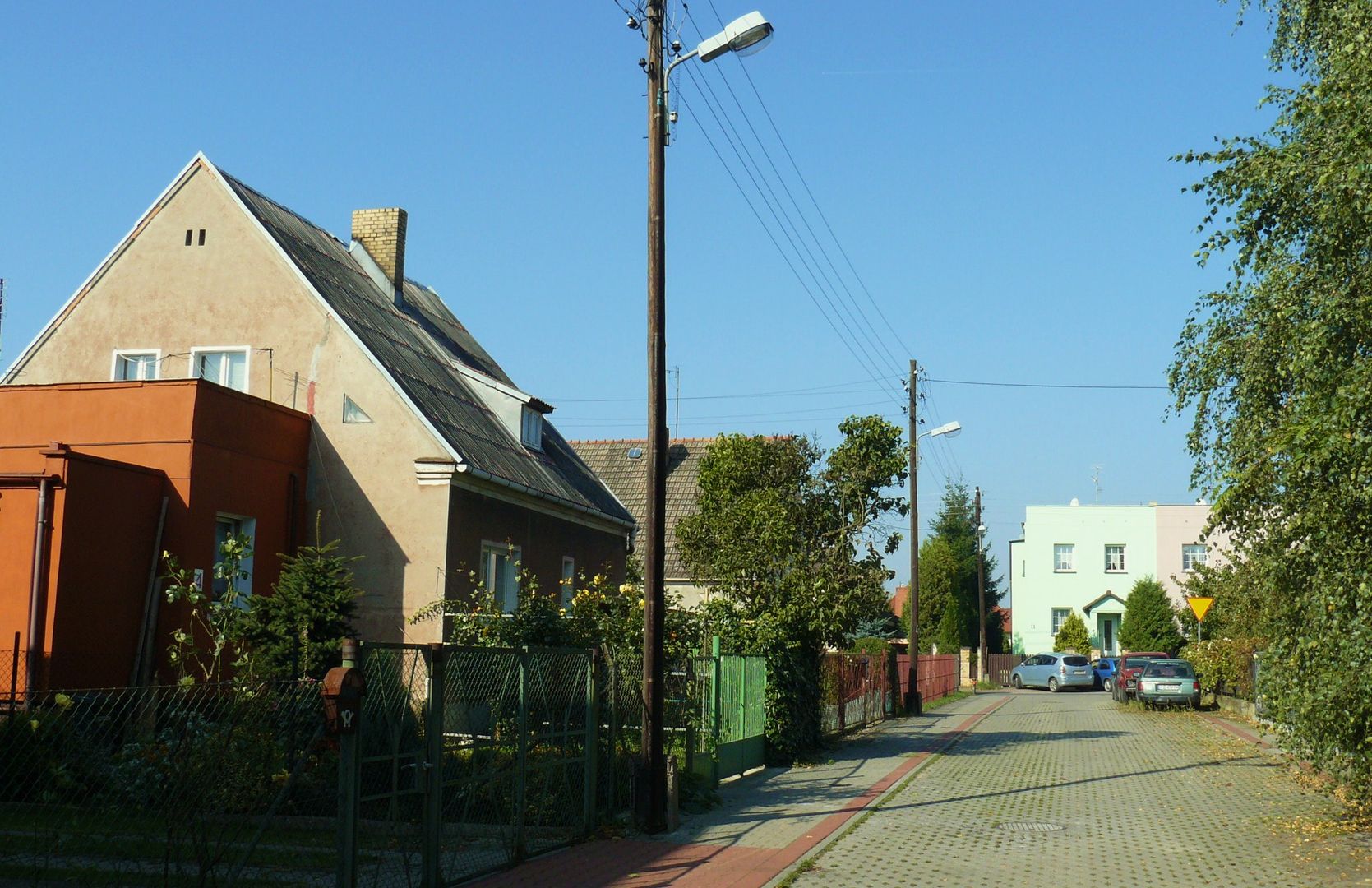Podolany
6.83

Overview
Podolany, formerly known as Schoenherrnhausen, is a residential district in Poznań located in the northwestern part of the city. Its history dates back to the 18th century, when it was an Olęder settlement. The name Podolany comes from the word "podole," which means an extensive land depression. In the 19th century, the Podolany manor was purchased by the Bojanowski family, and after World War I, it became state property, leading to the construction of a housing estate for railway workers in the 1920s. The urban design by Jan Rakowicz envisioned a model garden estate, inspired by the garden city concept, with predominantly single-family housing. As the estate developed, residents encountered infrastructure problems, resulting in numerous petitions for improved transportation and access to services. After World War II, the district underwent significant changes, and the communist authorities invested in industry, which altered the local landscape. In 1995, Podolany gained the status of an auxiliary unit of the city. Architecturally, the area is dominated by single-family homes, as well as small industrial and commercial facilities housing local businesses and scientific institutions such as the Institute of Genetics. The culture of Podolany is reflected in local community initiatives and events organized by residents. Key landmarks include Primary School No. 62 and the Parish Church of Our Lady of Consolation. Residents value the proximity to nature and the quality of life, attracting both families and elderly individuals. Interestingly, some streets in Podolany are named after Polish health resorts and figures who contributed to the Greater Poland region. The Neighborhood Council is headquartered in the primary school, highlighting the connection between education and the local community. Public transportation in Podolany is provided by MPK Poznań bus lines, and in 2019, the Poznań Podolany train stop resumed operations, making it easier for residents to access the city center. The district continues to develop and adapt to the needs of modern residents while preserving its historical roots.
Location
Tickets
Powered by GetYourGuide
2025 Wizytor | All Rights Reserved